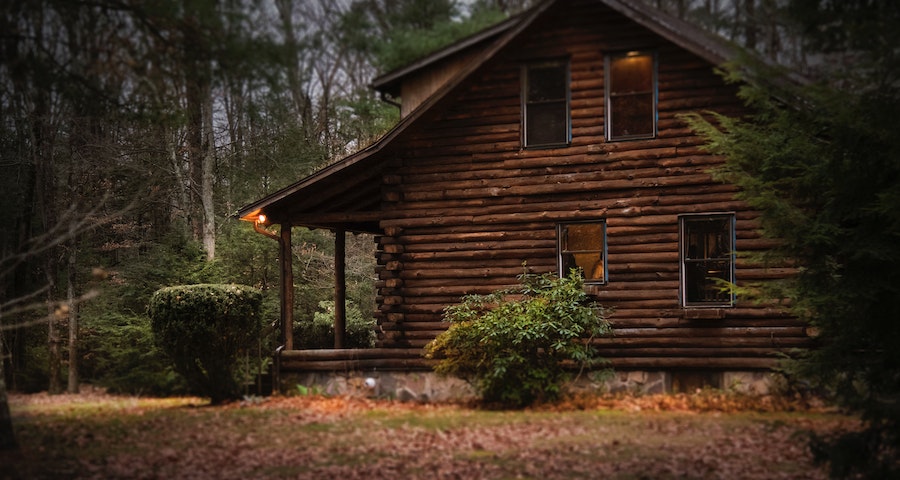
As summer approaches, many of us are considering ways to make the most of our outdoor space. Whether we’re looking to create an extra living area, a home office, or simply a relaxing spot to while away lazy afternoons, garden log cabins and summerhouses are becoming increasingly popular. However, before you jump in and purchase your perfect garden retreat, there’s an important question you need to ask – do you need planning permission? In this blog post, we’ll explore the guidelines for garden buildings and discover whether or not you need planning permission for a garden log cabin or summerhouse.
There are a few different factors to consider when it comes to planning permission for garden buildings. The first is the size of the structure. In England, if your log cabin or summerhouse is less than 2.5m in height and sits more than 2m away from any boundaries, then generally planning permission will not be required. However, if your structure is larger than this or sits closer to any boundaries, or is in a designated area such as an Area of Outstanding Natural Beauty, National Park, or conservation area, then planning permission may be required. It’s always best to check with your local council if you’re not sure.
Another important factor to consider is the intended use of the building. If you plan to use the structure as a home office, gym, or extra living space, then you may need to apply for planning permission. This is because the building will be defined as a ‘change of use’ from its original purpose as a garden shed or summerhouse. If the building is simply intended for use as a garden storage or ‘hobby’ space, then planning permission may not be required. It’s always worth double-checking with your local council beforehand to avoid any issues.
The materials and design of your garden building can also impact whether or not you require planning permission. For example, if your log cabin or summerhouse is designed to mimic the appearance of a residential property, or uses materials such as brickwork or roofing tiles, then planning permission will likely be required. Similarly, if your building is intended to be a permanent fixture, with foundations, walls, and a solid roof, then you will likely need planning permission. In contrast, if your structure is designed to be temporary or semi-permanent, such as a simple wooden shed, then planning permission may not be necessary.
Even if your garden building does require planning permission, don’t be put off – it’s not necessarily a difficult or expensive process. In many cases, the application process can be completed online and fees can be as little as £100. Your local council will be able to advise you on the exact process for your area and provide support throughout the application process. In some cases, you may also be able to appeal if your application is initially rejected.
Conclusion:
So, do you need planning permission for a garden log cabin or summerhouse? The answer is, it depends. The size, use, materials, and design of your building can all impact whether or not permission is required. However, even if planning permission is necessary, it needn’t be a daunting prospect. Your local council will be able to provide support and guidance throughout the process, and in many cases, the fees and time involved are relatively small. With a little bit of research and careful consideration, you can create your perfect garden retreat without any unexpected planning issues.
